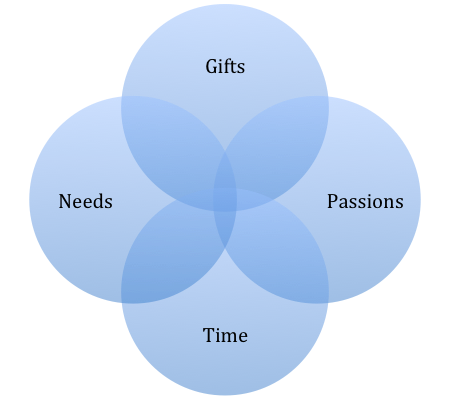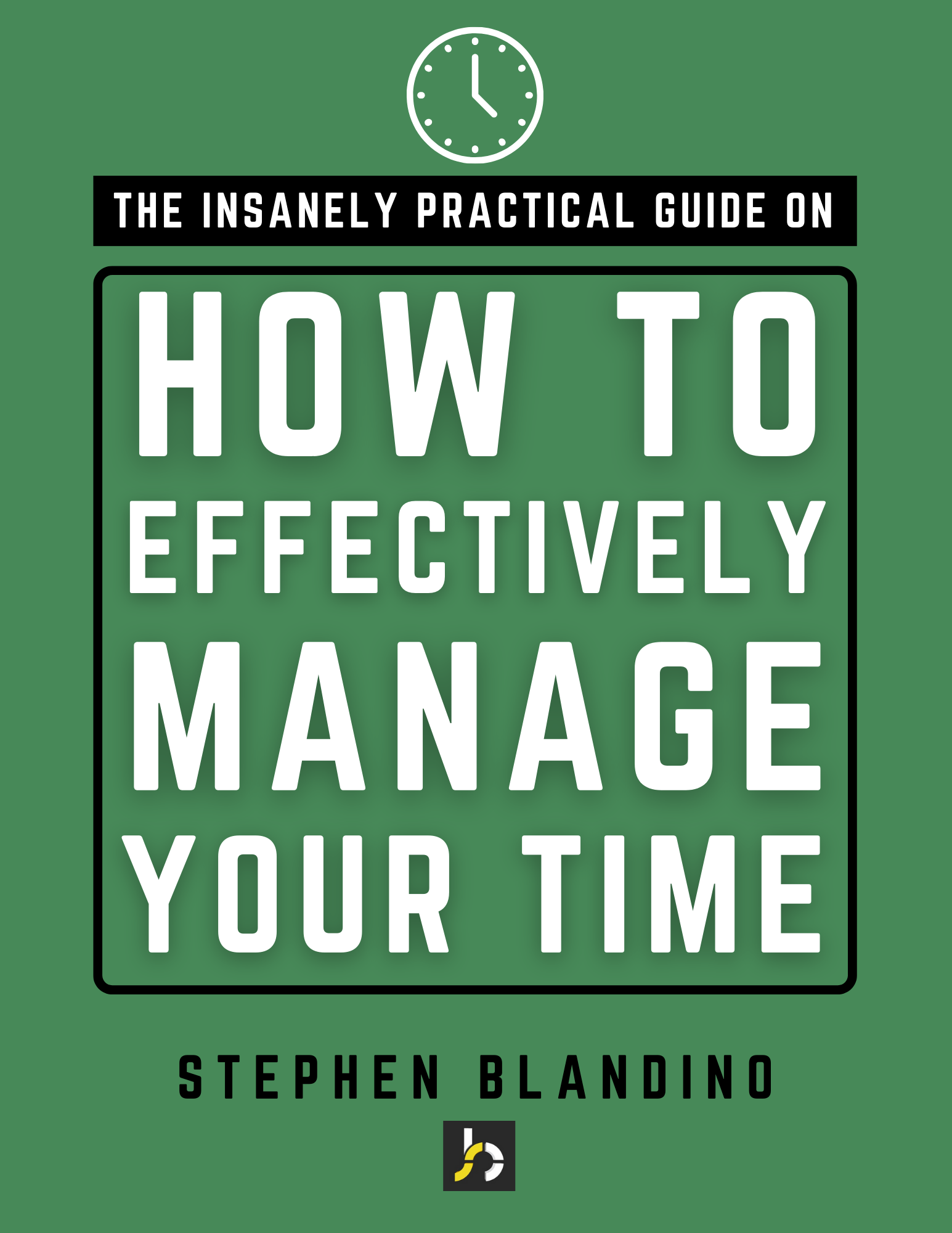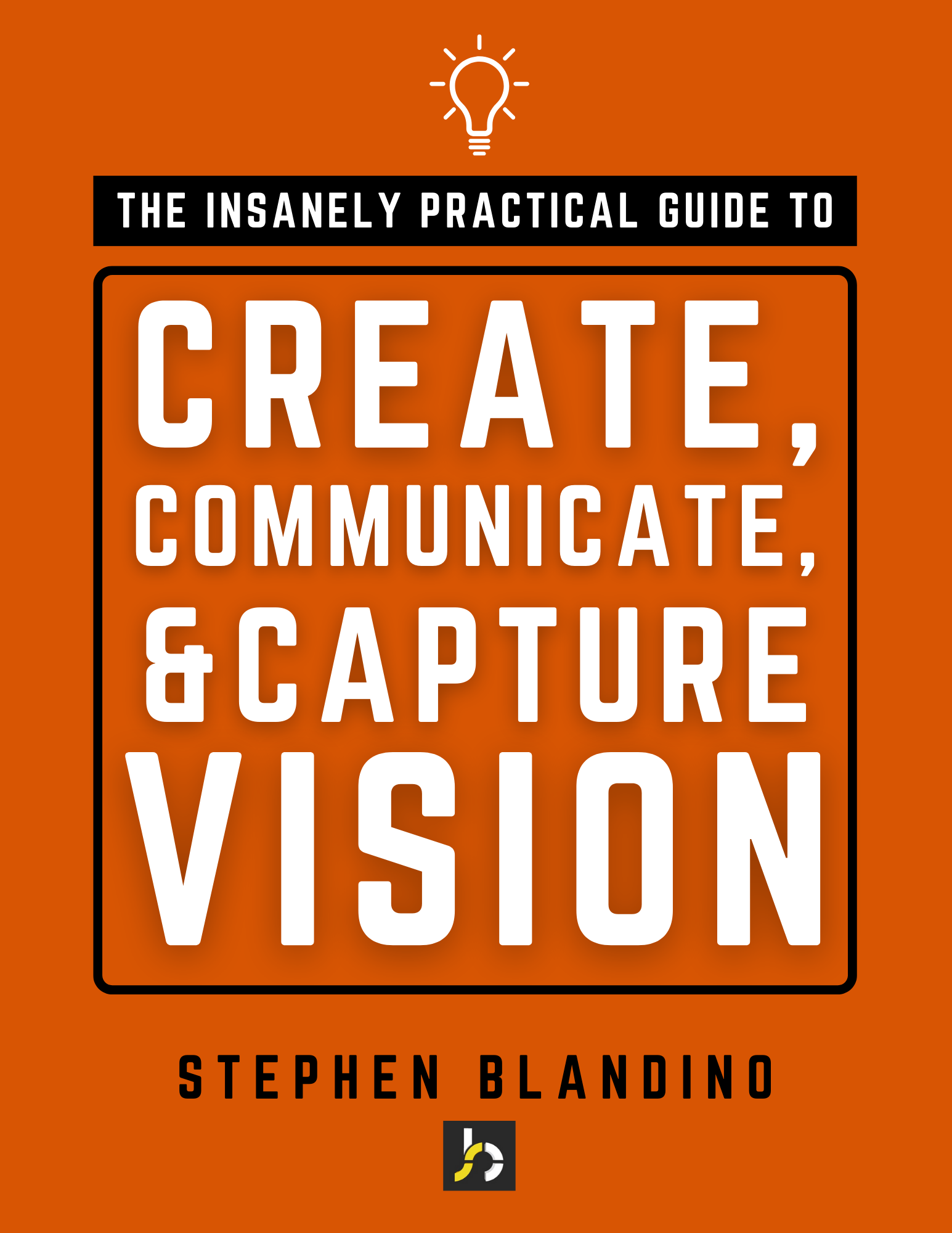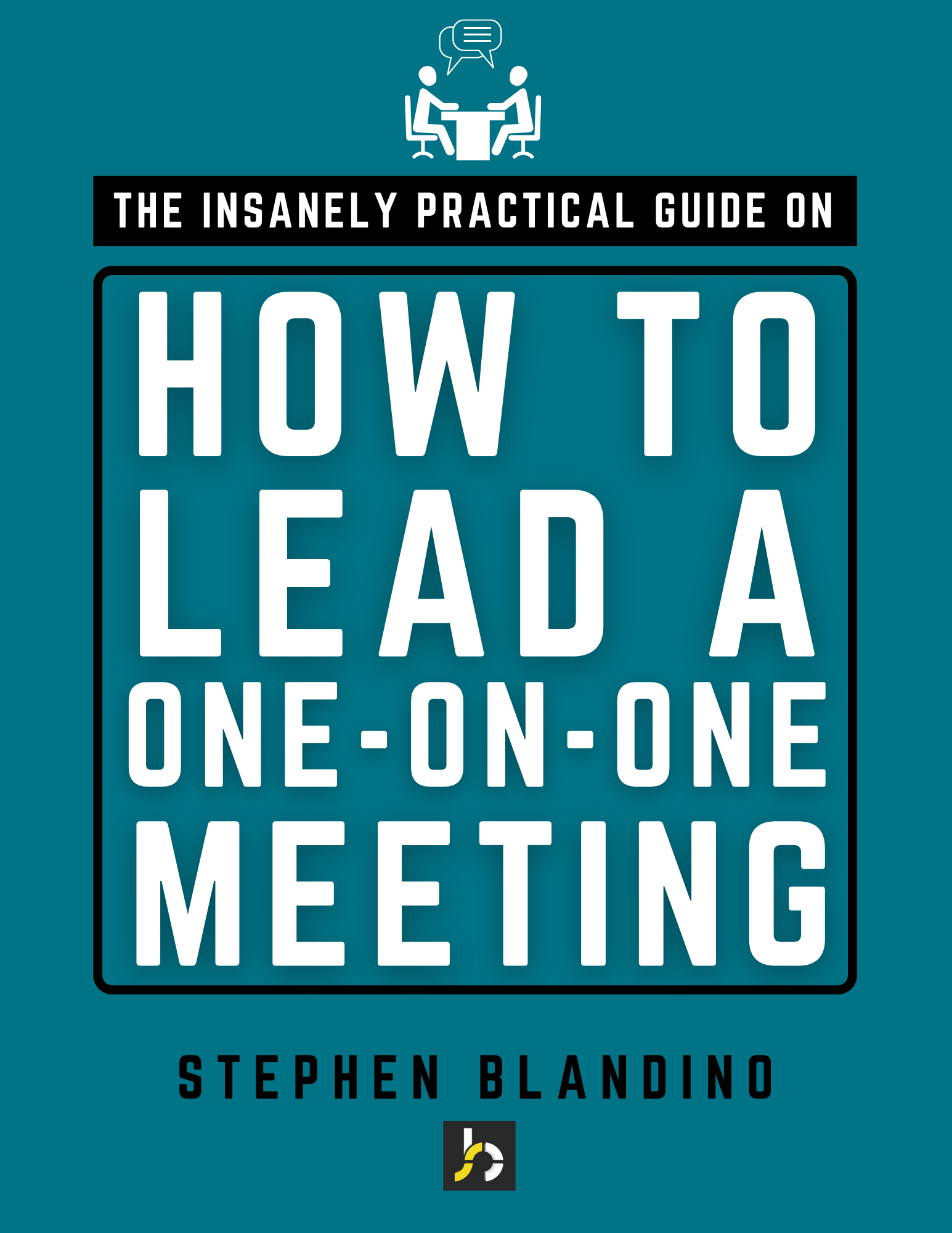Every year millions of people volunteer with churches and not-for-profit organizations, hoping to make a meaningful difference. According to the Bureau of Labor Statistics, 62.6 million people (24.9% of the U.S. population) volunteered through or for an organization at least once in a 12-month period. The most likely people to volunteer were 35-44 year-olds (28.9%), then 45-54 year-olds (28%), followed by teenagers 16-19 years-old (26.4%). The least likely to volunteer were 20-24 year-olds (18.4%).
Recently, a leader of a college campus ministry asked me what he should consider the most when recruiting volunteers: gifts, passions, or ministry needs. The short answer is, “Yes!” In fact, I would add a fourth. To increase volunteer engagement, I believe it’s helpful to consider the intersection between gifts, passions, time, and needs.
Gifts are the combination of abilities, skills, and spiritual gifts that define how a volunteer can make their greatest contribution. Without the right gifts, the volunteer can’t help you, the organization, or the people served by the organization. And there are practical steps volunteers can take to confirm whether or not they have a gift. As leaders, when we ignore the gifting of a volunteer, we become self-serving rulers rather than people-empowering leaders. Gifting determines how the volunteer can help.
Passions are typically tied to needs, problems, interests, or audiences that compel a person to serve. Passions are like the intrinsic motivation that drives people to volunteer time, talent, and resources to make a difference. At the very least, we should help people discover their passions. When we connect to the passion of a volunteer, they are more likely to make a longer commitment because they are doing what they love. Passion determines how long the volunteer will help.
Time refers to the availability of the volunteer to serve in an organization. People are becoming increasingly busy, but leaders must respond to these time restraints strategically. Just because a potential volunteer can’t make a big commitment doesn’t mean they won’t make a commitment. Leaders must architect entry opportunities that match the amount of time volunteers can contribute. Entry level commitments often lead to expanded commitments. Time determines how often a volunteer will help.
Needs describe the roles, opportunities, or openings where volunteers can serve in an organization. This is usually where organizational leaders focus their energy in the recruitment process, because they feel the immediate pain of unfilled roles. It’s essential that we don’t start with needs, but first consider the volunteer’s gifts, passions, and time. A volunteer’s unique design and capacity may actually meet a need that you didn’t even know you had. How God designed a person should dictate their position. Needs determine where a volunteer can help.
As you recruit and release volunteers, consider the intersection between gifts, passions, time, and needs. It’s not always possible to hit on all four cylinders, but when we are so focused on meeting the need that we don’t stop to consider the capacity of the individual, we burn through volunteers. Volunteer engagement increases when we intentionally look for ways to help volunteers live in the sweet spot.









